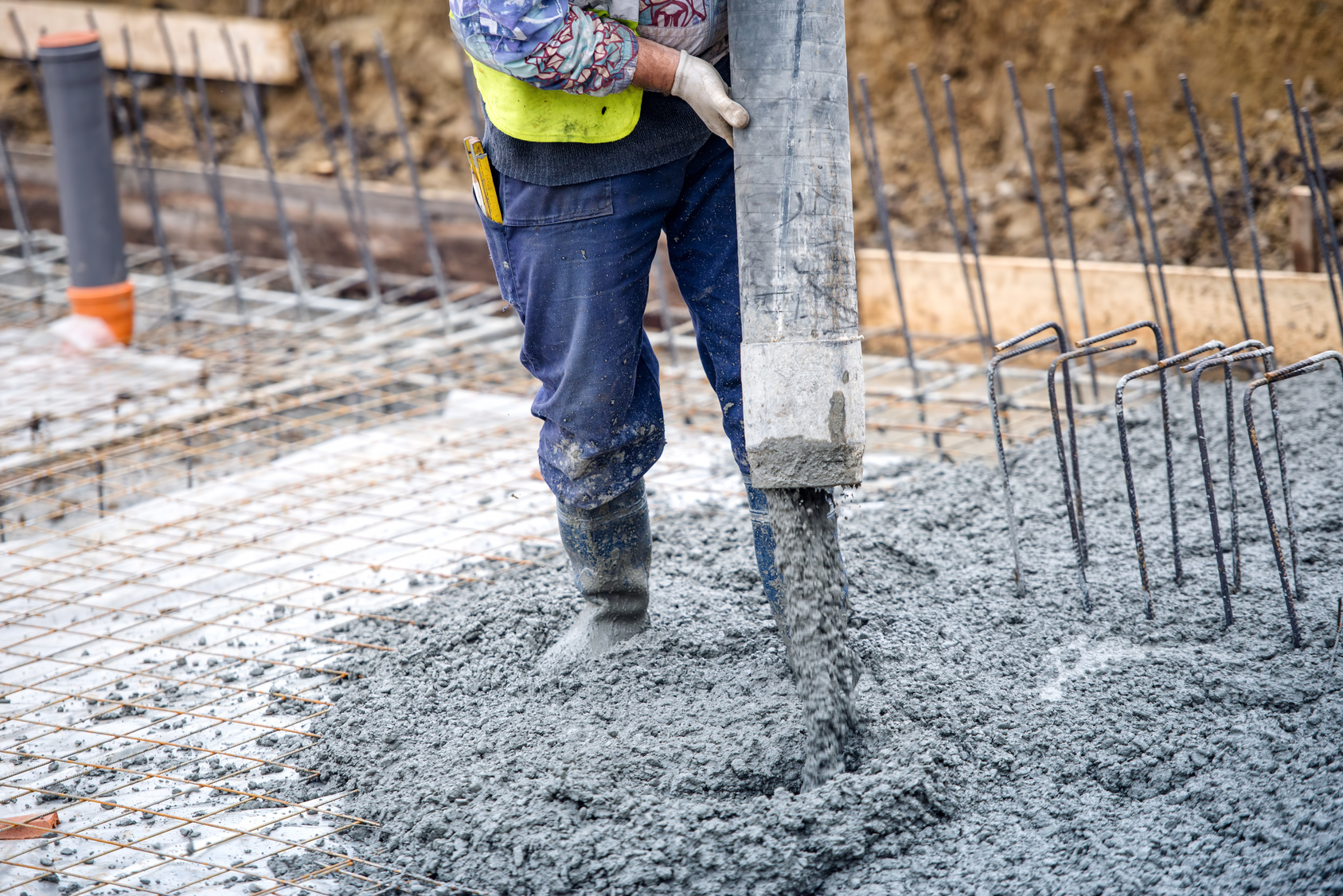Moisture Content
moisture meters
concrete
thermo-hygrometer
RH
restoration project
Thermo-Hygrometers
home inspection
Solve Common Concrete Problems with Moisture Meters

So you’re working on your next construction or restoration project when you encounter an issue with the main material that you’re working with — concrete. It’s the moisture. Unfortunately, you’re not alone when it comes to experiencing issues with concrete moisture levels.
In fact, there are a few common problems that arise when working with concrete, but on the bright side, there are ways to fix the situation.
In this post, we’ll get into these general issues and how the use of a relative humidity (RH) meter can help you prevent them from occurring again.
Floor Expansion (Pop-Outs)
When using concrete, you and your client expect a sound structure that will not deteriorate in quality or aesthetics. However, when the moisture isn’t properly gauged, the look of the structure can be compromised.
For instance, pop-outs may occur — which are small cavities that emerge when an area has expanded and fractured the surface due to a physical or chemical reaction.
When an area close to the surface has low density, but high moisture absorption, the area swells and creates pressure that ruptures the concrete. Or, in a chemical scenario, the alkalis in cement can cause a deterioration in the structure that can eventually absorb water, expanding and then causing a small portion of the surface to fall off.
While pop-outs aren’t structural defects, it is the beginning of potential future deterioration as more water and chemicals are then prone to entering the concrete.
To avoid this altogether, make use of a moisture meter that will tell you if you have the appropriate water levels of your concrete structure — before it’s too late.
Buckling & Cupping of Wood Flooring
Cupping happens when the alignment of a wood floor takes on a concave shape (lower in the center and higher on the sides) as opposed to a straight orientation. Wood has a tendency to become swollen when the moisture content of the concrete beneath it rises.
Buckling, on the other hand, is when the wood floor is lifted off the concrete sub-floor. As moisture seeps into the wood floor, it forces the wood to lift up.
Both buckling and cupping are unsettling to the eyes and can have longterm effects if not treated properly. The fact that the moisture content (MC) of the concrete underneath wood can negatively affect the appearance of the flooring goes to show how important it is to properly measure the moisture before and after your project.
Spalling
When small chips begin to fall off of a concrete structure, this is defined as spalling. The cause of this is either one or two reasons.
- It’s moisture getting into the concrete and then freezing.
- The rebar within the concrete is too wet and, consequently, begins to rust.
Loose Flooring & Mold
When applying another material atop concrete, there’s an adhesive that goes in between. When the concrete is too moist, it can cause the adhesive to not work properly — making the top material loose and prone to shifting.
As you already know, mold loves dampness and darkness. With a concrete structure that is too wet for completion, leaving it moist will allow the environment to generate mold. Furthermore, mold can continue to grow when it has a a fresh, wet underside of wood to keep it fed.
How Moisture Meters Help
With all of these problems susceptible to a wet environment involving concrete, it’s advised that you use a concrete moisture meter on your next project. Some suggestions include the TotalCheck 3-In-1 meter or the HT-4000F stand-alone thermo-hygrometer, which both comply with the ASTM F2170-11 standard.
Keeping tabs on the moisture of your project’s concrete is recommended throughout the project’s duration. Doing this will prevent having to correct issues, waste time (and money) on re-doing projects and help you avoid wasting quality concrete.
For the most accurate reading, consider an RH meter (thermo-hygrometer) with an in-situ probe that will penetrate the concrete’s surface to measure moisture within the actual slab.
Subscribe to Our Blog
Post Related

Wood Flooring
Moisture Content
Flooring
moisture meters
moisture meter manufacturer
thermo-hygrometer
Thermo-Hygrometers
Flooring Issues & How Moisture Meters Can Solve Them


